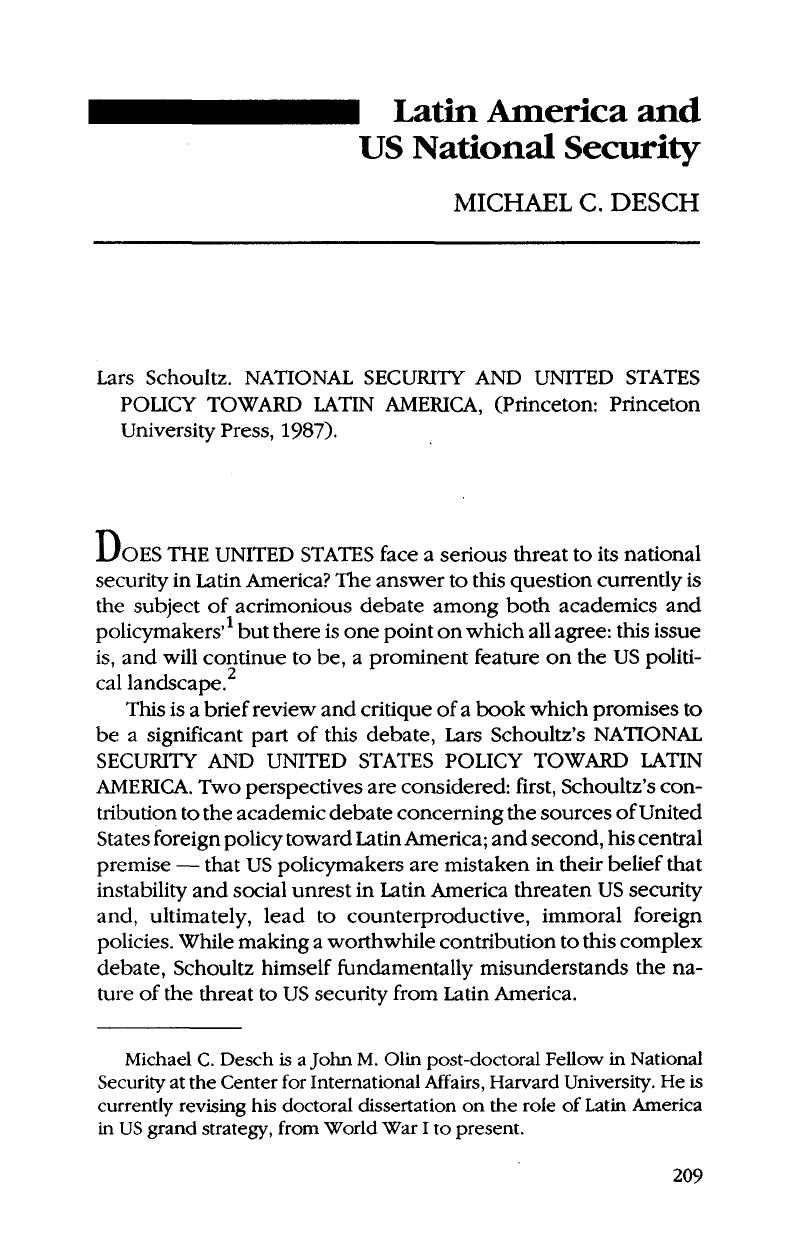US National Archives (US-NA) (
1945) Modern Military Branch, Record Group 218, Box 334, #382 (5-21-45) “Proposed Declaration of War Upon Japan by Brazil,” TOP Secret, Letter to Secretary State, Navy, War Coordinating Committee, from Assistant Secretary of State Joseph G. Grew (23 May), and Memorandum for the Secretary of State, Subject: Proposed Declaration of War on Japan by Brazil, TOP Secret (30 May) (SNWCC #141).
Google Scholar